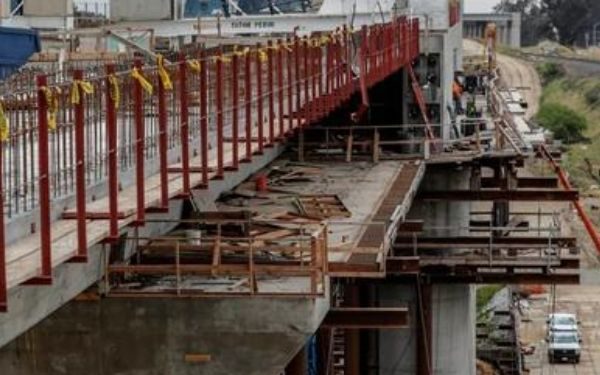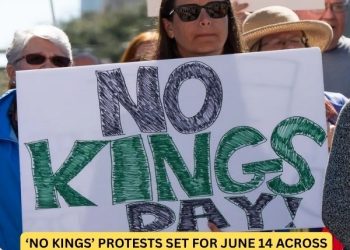BAKERSFIELD, Calif. – California’s ambitious high-speed rail project marked a modest milestone this week with 53 of 93 planned structures now completed for the system’s initial segment. Despite this progress, only 69 miles of track have been laid so far, highlighting the project’s ongoing struggles with funding, delays, and political resistance.
What’s Been Accomplished
This Article Includes
According to the California High-Speed Rail Authority (CHSRA), key engineering achievements include:
-
San Joaquin River Viaduct (Fresno)
-
Hanford Viaduct (Kings County)
-
Structures spanning Merced to Bakersfield
These accomplishments are part of the planned 119-mile Central Valley segment, where construction has involved over 1,700 daily workers across Fresno, Kings, and Tulare counties.
Project History & Political Headwinds
Initially approved by voters in 2008, the high-speed rail was envisioned as a transformative link between Los Angeles and San Francisco, with promises of economic revitalization for underserved Central Valley communities. But since then, it has become a lightning rod for criticism.
Former President Donald Trump labeled it a “green disaster” and tried to revoke federal funding during his term. Now, concerns center on the ballooning cost—$113 billion—and accusations of slow progress.
CHSRA CEO Ian Choudri defended the work in a recent 14-page letter to the Federal Railroad Administration, refuting reports of a $7 billion funding gap. He highlighted Governor Gavin Newsom’s proposed Cap-and-Invest extension, which could generate $1 billion annually through 2045, as a key source of future financing.
Legal & Local Progress
The project also resolved a key dispute with the City of Millbrae over station development. The new agreement ensures:
-
Local land-use oversight
-
Integration with BART, Caltrain, and SamTrans
Millbrae Mayor Anders Fung called the deal a “historic milestone” for regional transit and housing integration.
Job Creation and Regional Impact
So far, the high-speed rail has generated:
-
Over 15,300 construction jobs, mostly for Central Valley workers
-
30 additional structures under construction in Madera, Fresno, Kings, and Tulare counties
“The Authority’s work has already reshaped the Central Valley,” said Choudri. “We’ve built many of the viaducts, overpasses, and underpasses that will carry high-speed trains.”
What’s Next?
With only 69 miles completed and construction costs climbing, the project still faces an uphill journey. But officials remain hopeful that continued legislative and financial support can push the rail line closer to its ultimate goal: a sustainable, high-speed corridor linking California’s major population centers.









